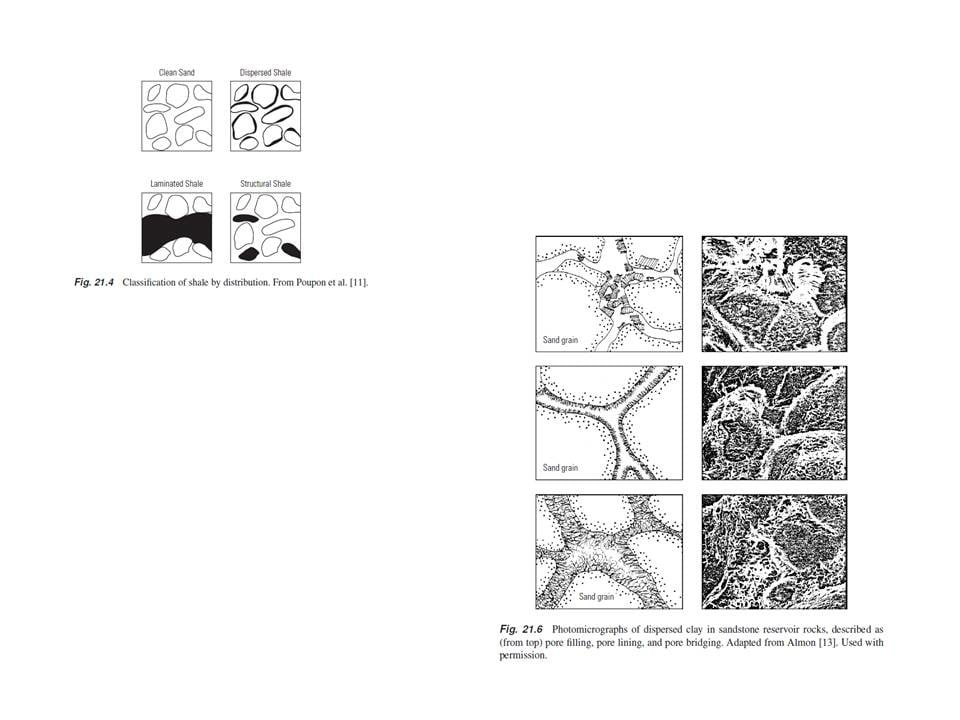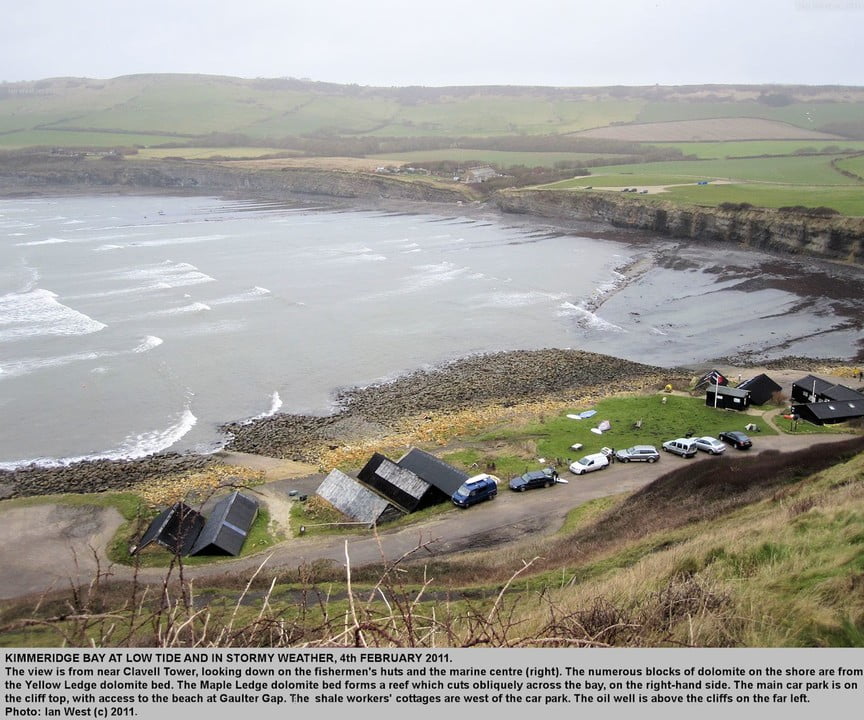In the realm of substitute exploration with evalation, the interchangeable use of the terms “shale” and “clay” has been a historical norm. However, as the industry acknowledged that shale can harbor hydrocarbons, a profound shift occurred. My journey into the literature on this subject felt akin to navigating a complex quagmire!
The standard approach to calculating Vshale and Vclay suggests that understanding the nuances of what you’re calculating is crucial for estimating accurate volumes. While this concept holds well in pure shale intervals, the waters become murkier in shaly sand intervals, casting doubt on calculations.
A pivotal question emerges: What if shale is present in sandstone reservoirs? Existing literature reports three types of shale distribution: laminated shale, structural shale, and dispersed shale. Notably, none of these distributions categorize shale as clay.
I propose that laminar and structural shales are indeed shales, while dispersed shales are, in fact, clays. Intrigued by the assertion? Let’s delve into it.
Dispersed clays can form either through feldspar alteration (authigenic clays) or settle with sand sediments, forming a thin coating that may subsequently clog the pore network. Rip-up clasts, a type of structural shale, can be deposited in sandstone, appearing as part of the weight-bearing grains. On the other hand, authigenic clays, formed from feldspar alteration, can transform into kaolinite, occurring as clumps that may choke pore space.
In muddy environments, clays can settle with sand grains, forming coatings such as smectite and chlorite on sand grains. Smectite can alter to illite due to temperature and pressure, replacing Na cations with K to form illite. This suggests that the dispersed shale mentioned in the literature is, in fact, clay.
While geological concepts persistently differentiate between shale and clay, the coexistence of these entities remains elusive and warrants attention for a better understanding of complex shaly sand reservoirs.
In conclusion, let’s avoid confusion between shaly sands and sandstone with clays. Embracing a nuanced perspective can pave the way for a more accurate comprehension of the intricacies within petrophysical exploration.


